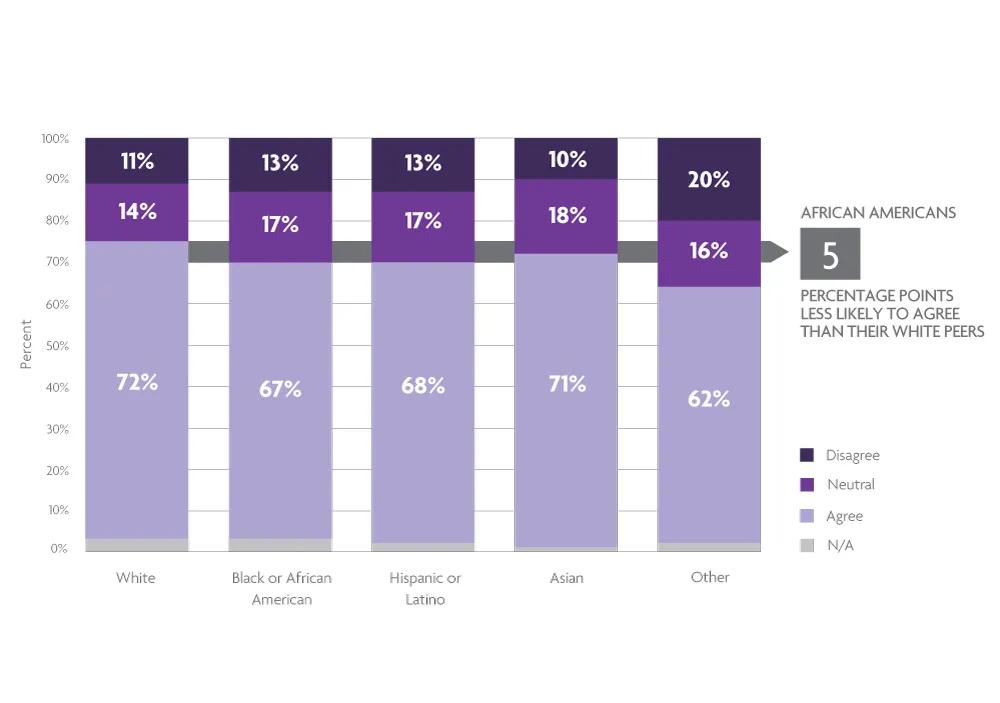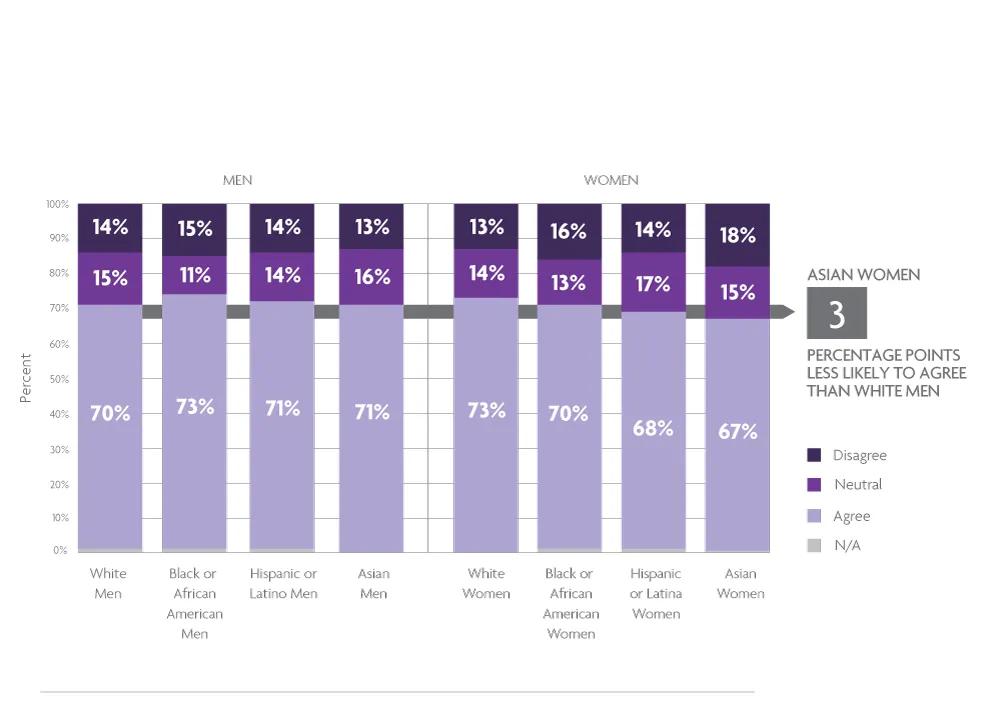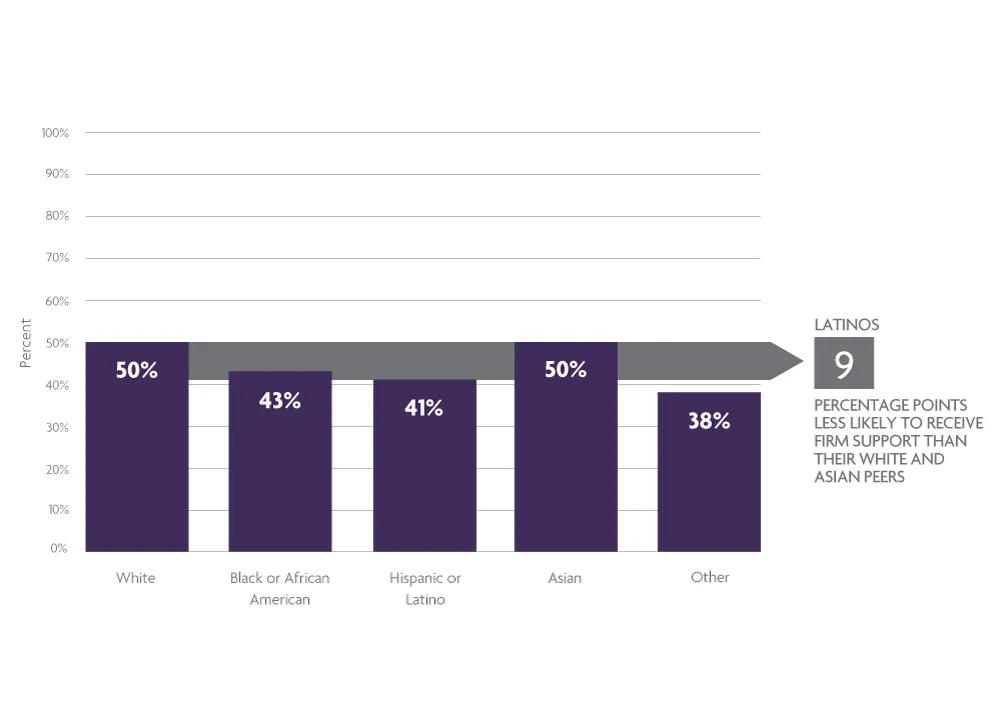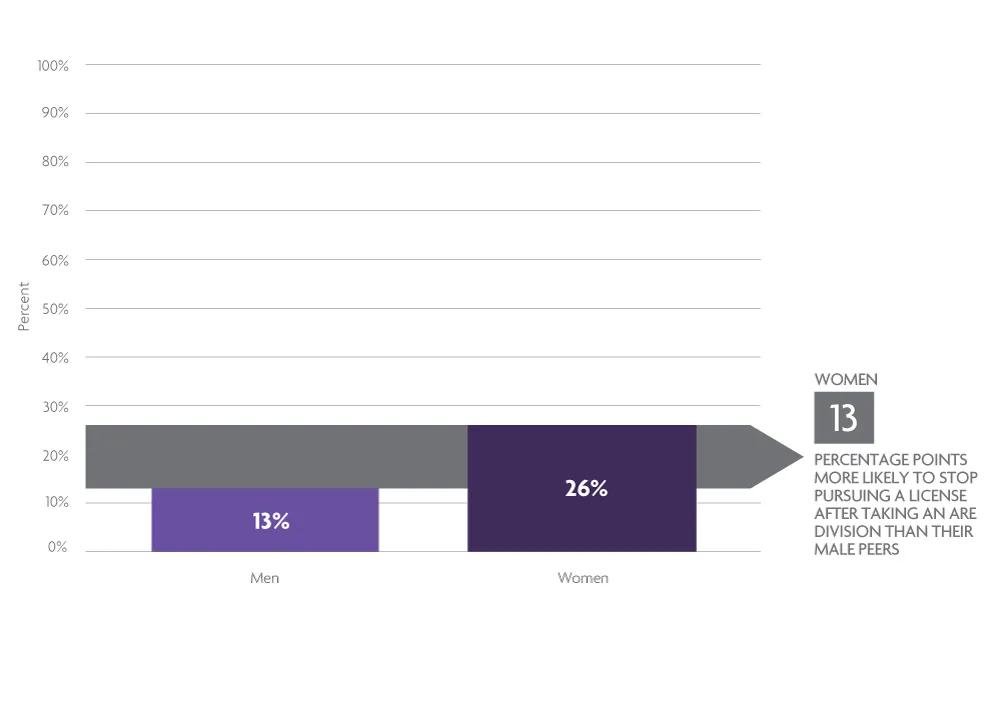NCARB is committed to combating racism in the profession and building an architecture community made up of individuals who reflect the people they serve. One key way NCARB hopes to encourage greater diversity in architecture is by evaluating and updating our programs to address pinch points that disproportionately impact people of color, women, and other underrepresented groups.
In early-2020, NCARB partnered with the National Organization of Minority Architects (NOMA) to conduct a joint survey exploring candidates’ experiences while pursuing licensure. With over 5,000 responses gathered from a pool of 70,000 professionals, the data gathered will help inform conversations about specific areas of disparity in education, experience, examination, firm culture, and career development.
The survey findings will be released by topic area over the next few months, accompanied by follow-up surveys, focus groups, and additional action items as we work toward solutions. The first round of overview findings were recently released in our 2020 NCARB by the Numbers, and highlight small-but-widespread disparity throughout the licensure process, especially for Black or African American individuals and women of color.
African Americans Slightly Less Likely to Say Finding an AXP-Supportive Firm is Easy

Because the Architectural Experience Program® (AXP®) requires experience to be gained across six different areas, finding a firm willing to provide work opportunities in each practice area is critical to completing the program. Licensure candidates and architects who identified as Black or African American were 5 percentage points less likely to agree that finding a firm to support their AXP progress was easy than their white peers, and 4 percentage points less likely to agree than their Asian peers.
Difficulty in African American candidates’ ability to find a supportive firm could draw out the time and effort needed to complete the experience program, potentially extending the licensure process and contributing to attrition on the licensure path.
Asian and Latina Women Less Likely to Receive Variety of Experience Opportunities

To complete the AXP, candidates must learn how to competently perform 96 key tasks spread across six experience areas. It is essential that firms offer individuals pursuing licensure a variety of work opportunities so they are able to gain the required experience.
While nearly three quarters of candidates agreed their firm provided them with a variety of opportunities to gain credit in all experience areas, breaking the responses down by race/ethnicity and gender revealed small disparities. At 67 and 68 percent (respectively), Asian and Hispanic or Latina women were the least likely to agree. This is 2 and 3 percentage points lower than white men and 5 and 6 percentage points (respectively) lower than white women and African American men, who were the most likely to agree they received a variety of opportunities. This suggests that earning the broad experience needed to earn an architecture license may be more difficult for women of color, specifically Asian and Latina women.
Latino and African American Candidates Less Likely to Work at a Firm That Provides Support Toward Cost of the ARE

Some architecture firms assist candidates in managing the financial burden of licensure by paying for the cost of the exam—although many respondents indicate this financial assistance is only available if they pass the Architect Registration Examination® (ARE®) division.
However, just 41 percent of Latino candidates and 43 percent of African American candidates indicated that their firm would contribute to the cost of the ARE—9 and 7 percentage points (respectively) below their white and Asian peers. This suggests that white and Asian candidates may receive better access to firm support while pursuing licensure, and may be more likely to work at a firm that provides support.
Women Twice as Likely to Stop Pursuing a License After Taking ARE Division

In addition to licensure candidates and recently licensed architects, the survey was also shared with individuals who decided to stop pursuing an architecture license.
When asked at what point in their career they decided not to become an architect, 26 percent of women no longer pursuing licensure selected “after taking an ARE division.” This is 13 percentage points higher than their male peers.
Over the coming months, NOMA and NCARB will continue to analyze the survey results and release in-depth reports on five key topic areas: education, experience, examination, firm culture, and career development. As the findings are shared, NCARB and NOMA will determine next steps, release follow-up surveys, and work with other architecture organizations to propose solutions that will address the disparities highlighted by the survey.
For more initial findings and additional data on demographics in the profession, check out the 2020 NCARB by the Numbers.
